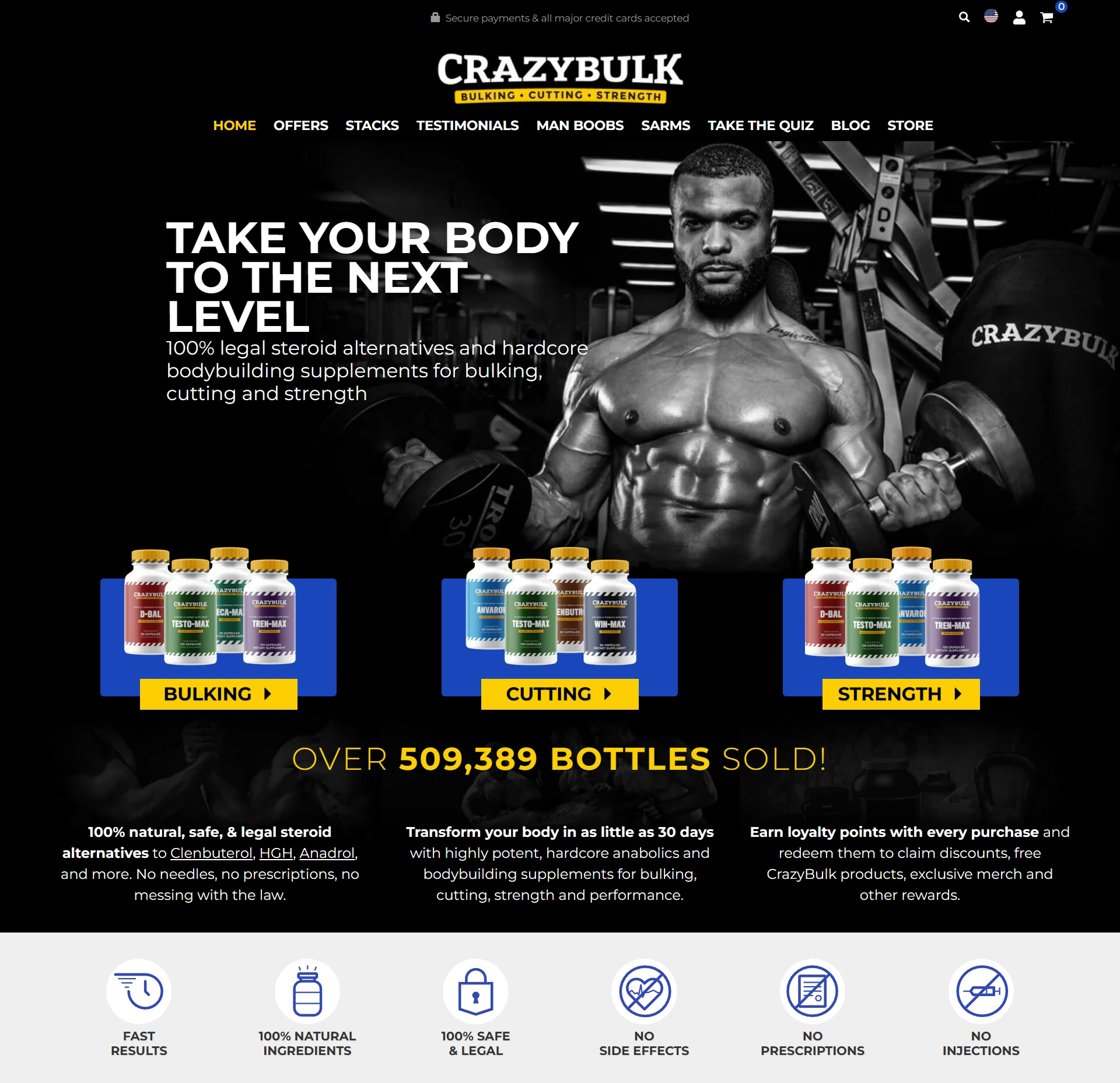
does hdl cholesterol increase testosterone
Add a review FollowOverview
-
Sectors Clinical Nurses
-
Posted Jobs 0
-
Viewed 146
Company Description
Testosterone Injection: MedlinePlus Drug Information

22: Will Testosterone Really Cure Everything? University of Utah Health
Testosterone is FDA-approved as a replacement therapy only for men who have low testosterone levels due to disorders of the testicles, pituitary gland, or brain. Matsumoto cautions that those were “observational studies that only provide clues to the presence or absence of safety signals,” instead of more definitive studies like the TTrials. In some cases, lifestyle changes also may be able to rectify low testosterone levels.
“The key here is I don’t believe that testosterone increases the risk of prostate cancer progression or biochemical recurrence,” says Mohit Khera, MD, MBA, MPH. Stop guessing about your testosterone levels and whether you need testosterone therapy — call The Endocrine Center at any of our three Houston locations, or use our online booking tool to schedule an appointment. If you believe the TV and social media ads, testosterone is all you need to regain your vitality.
Please consult a medical professional before adopting any of the suggestions on this page. You must never disregard professional medical advice or delay seeking medical treatment based upon any content of this newsletter. PROMPTLY CONSULT YOUR PHYSICIAN OR CALL 911 IF YOU BELIEVE YOU HAVE A MEDICAL EMERGENCY. All men lose testosterone as they age, but not all need testosterone therapy. To discover if TRT can address your symptoms, it’s best to work with professionals who specialize in hormones, such as the team at The Endocrine Center in Houston, Texas.
One mechanism is that testosterone binds androgen receptors within [the] prostate and stimulates prostate cancer cell growth. However, when you give testosterone in high doses, as we see with BAT, this can actually down-regulate androgen receptors in prostate cancer cells, and this downregulation can inhibit prostate cancer cell growth. Another potential mechanism for BAT is that high doses of testosterone can induce apoptosis within prostate cancer cells. Finally, it is hypothesized that elevated androgen levels through BAT can actually disrupt the cell cycle and thus inhibit [the] proliferation of prostate cancer cells. Hypogonadism hampers the ability to produce normal amounts of testosterone due to a problem with the testicles or with the pituitary gland that controls the testicles. Testosterone replacement therapy, in the form of injections, pellets, patches, or gels, can improve the signs and symptoms of low testosterone in these men. Testosterone levels generally peak during adolescence and early adulthood.
Frustrated that her doctor didn’t offer more help, she went to a local medical clinic at a friend’s urging and started testosterone pellet therapy, a more potent version greatest athlete of all time the hormone. For Marcella Hill, 44, the symptoms of depression, body aches and low sex drive were affecting her relationship with her husband. Voedisch, who has been in practice for decades, says the phenomenon among women really started to take off just in the last couple of years.
Keep testosterone enanthate injection (Xyosted) in the container it came in, tightly closed, and out of reach of children. Store it at room temperature and away from light, excess heat and moisture (not in the bathroom). Call your doctor if you have any unusual problems while receiving this medication. Your healthcare provider will show you how to use testosterone enanthate injection (Xyosted). Be sure that you understand these directions, and ask your healthcare provider if you have any questions. You can inject testosterone enanthate injection (Xyosted) in the left or right side of your abdomen (stomach) except your navel and the area 2 inches around it. Do not inject into an area where the skin is tender, bruised, red, or hard or where you have scars, tattoos, or stretch marks.
There are limited data in men on active surveillance who are candidates for testosterone therapy. There has been a concern that testosterone therapy might cause progression of previously existing, but undiagnosed, prostate cancer or that testosterone might cause high-grade prostatic intraepithelial neoplasias (PIN) to progress into frank carcinoma. There are a variety of lifestyle treatments involving exercise, diet, and sleep that have been shown to increase testosterone levels. If you don’t have hypogonadism, but you’re interested in feeling more energetic and youthful. The following alternative methods may help increase your testosterone level without the use of hormone therapy. Doctors can determine if you have male hypogonadism through physical exams and blood tests.
As you age, your testosterone level gradually declines—typically about 1% a year after turning 30 or 40 years old. For older men, it’s important to determine if a low testosterone level is due to normal aging or if it is due to a disease called hypogonadism. In one form of intermittent hormone therapy, treatment is stopped once the PSA drops to a very low level. Another form of intermittent therapy uses hormone therapy for fixed periods of time – for example, 6 months on followed by 6 months off. Some doctors have used hormone therapy instead of observation or active surveillance in men with early-stage prostate cancer who do not want surgery or radiation. Studies have not found that these men live any longer than those who don’t get any treatment until the cancer progresses or symptoms develop. Because of this, hormone treatment is not usually advised for early-stage prostate cancer.